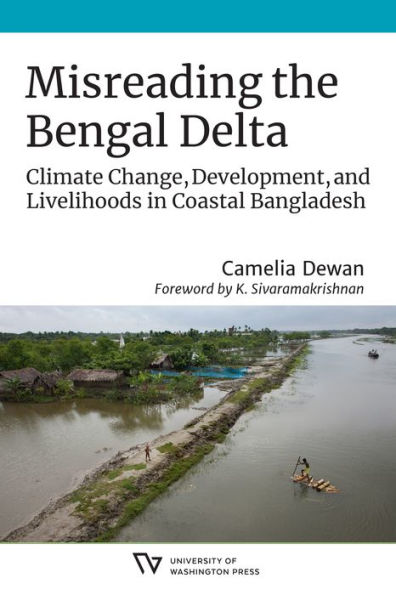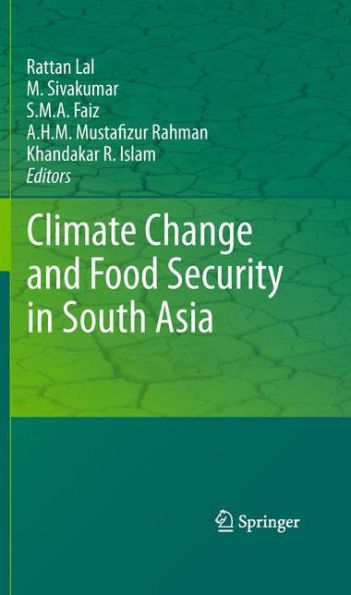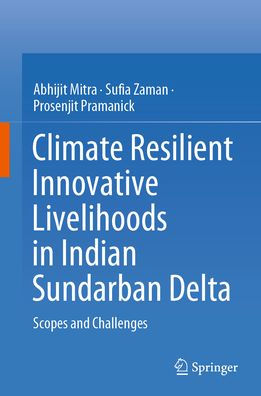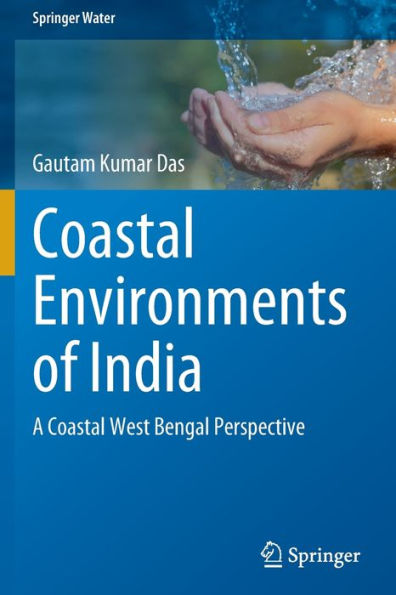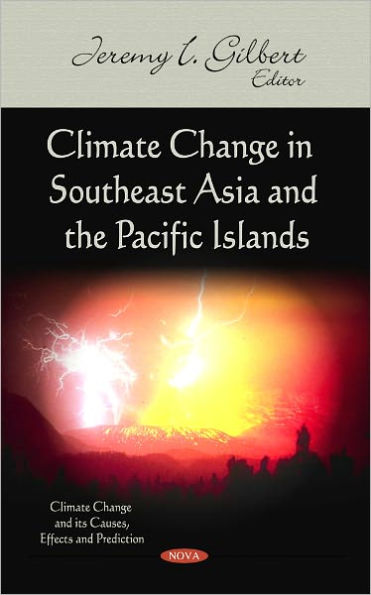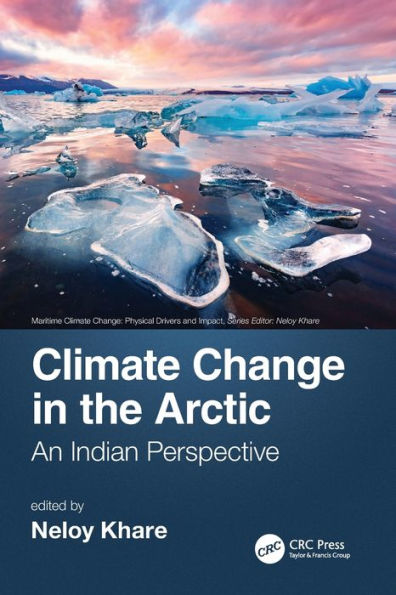Home
Climate Security and Instability in the Bay of Bengal Region
Barnes and Noble
Climate Security and Instability in the Bay of Bengal Region
Current price: $12.99
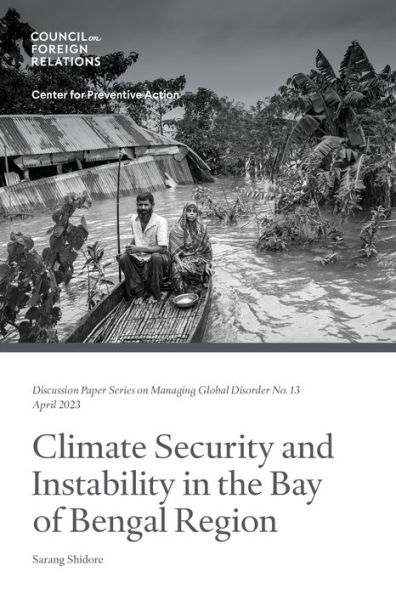

Barnes and Noble
Climate Security and Instability in the Bay of Bengal Region
Current price: $12.99
Size: OS
Loading Inventory...
*Product information may vary - to confirm product availability, pricing, shipping and return information please contact Barnes and Noble
The Bay of Bengal region is extremely vulnerable to climate change, which could exacerbate and compound risk factors associated with political instability and violence in the coming decades. The four states most likely to be affected by increasing global temperatures are Ban-gladesh, India, Myanmar, and Thailand. In order to prepare for and mitigate the potentially destabilizing effects of climate change, policymakers should understand the most plausible scenarios for climate change and conflict in the region.
Bangladesh, India, Myanmar, and Thailand are among the world's top ten states most vulnerable to natural disasters, while India is the largest power in the region and is itself highly climate vulnerable. Historically, those four states have faced many of the world's deadliest cyclones.
Climate change increases the damage caused by cyclones, as warmer temperatures enable storms to hold more moisture. Rainfall variability-and the resulting flash floods-as well as rising sea levels con-tribute to routine flooding, which is especially dangerous for coastal communities. Some of these at-risk coastal areas encompass major, densely populated cities such as Chennai, India; Kolkata, India; Dhaka, Bangladesh; Yangon, Myanmar; and Bangkok, Thailand. Drought and soil deterioration are increasingly leading to food security concerns in Bangladesh, peninsular India, and Thailand, all of which rely on growing rice. Over the next three decades, deadly heat stress conditions are also likely to become more common.
A combination of quantitative and qualitative sources-including conflict and climate vulnerability data, media and scholarly literature, and twenty-two interviews with senior academics, think-tank analysts, and climate and security practitioners and analysts-informed the analysis that follows. Four adverse scenarios focused on Bangladesh, Myanmar, and the region as a whole are outlined to enable policymakers to tailor capacities and responses. Policymakers at the regional and global levels should emphasize cooperative policy approaches to improve resilience, disaster relief capacities, and preventive climate security diplomacy with regional institutions and states.
